Top 10 Golang Frameworks to look for in 2025
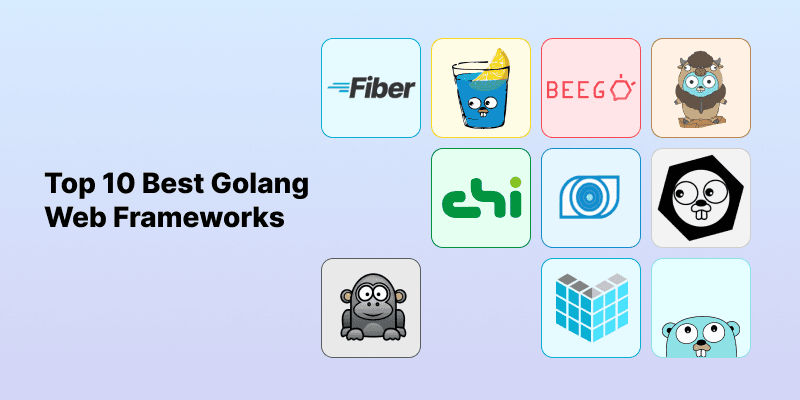
The Real-World Guide to Golang Web Frameworks in 2024: Beyond the Hype
As a developer who has spent years building production applications with Go, I've noticed that most articles about Go web frameworks read like feature checklists rather than practical guides.
Let's change that. This guide will help you understand which framework fits your needs, based on real-world scenarios and trade-offs.
The Framework Landscape Has Evolved
Gone are the days when choosing a Go web framework meant picking between "lightweight" and "fully featured."
Today's landscape is nuanced, with frameworks optimized for specific use cases.
Let's dive into the frameworks that matter in 2024, categorized by what they do best.
Performance-First Solutions
Fiber: The New Speed King
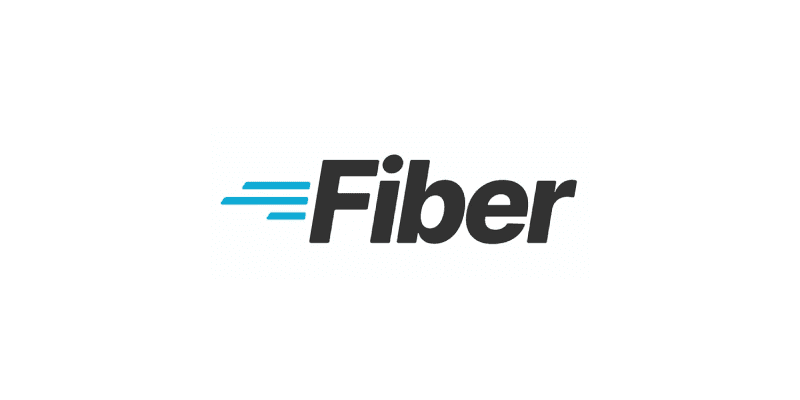
Fiber has been turning heads, and for good reason. Built on fast HTTP, it delivers impressive performance metrics.
But here's what others won't tell you: Fiber's real strength isn't just raw speed – it's developer productivity combined with performance.
Best For :
- Teams transitioning from Node.js/Express
- Projects requiring WebSocket-heavy implementations
- APIs serving millions of requests with minimal latency
Real-world Example:
A fintech company switched from Express to Fiber for their real-time trading platform, reducing latency by 40% while maintaining familiar coding patterns for their team.
Gin: The Battle-Tested Performer
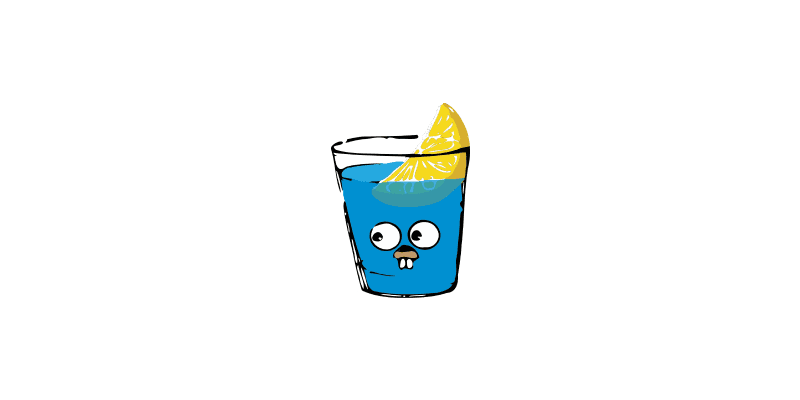
While not the absolute fastest anymore, Gin remains incredibly efficient and, more importantly, predictable.
Its middleware ecosystem is unmatched, and its memory usage patterns are well-understood.
Best For:
- Teams that need production-proven reliability
- Projects requiring extensive middleware customization
- Services that need to scale horizontally with predictable resource usage
Real-world Example:
A major e-commerce platform uses Gin for its product catalog API, handling 50,000 requests per second with consistent sub-10ms response times.
Enterprise-Grade Frameworks
Beego: The Full-Stack Powerhouse
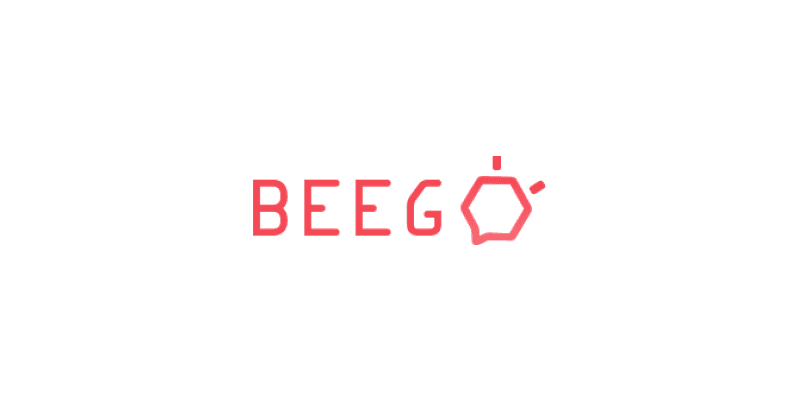
Beego is often dismissed as "too heavy," but this misses its core value proposition.
It's not just a framework; it's a complete development ecosystem that shines in large-scale enterprise applications.
Best For:
- Teams building complex business applications
- Projects requiring extensive ORM capabilities
- Applications needing built-in admin interfaces
The Hidden Advantage:
Beego's codebase organization patterns enforce consistency across large teams, which is invaluable in enterprise settings but rarely mentioned in comparisons.
Buffalo: Rapid Development Done Right
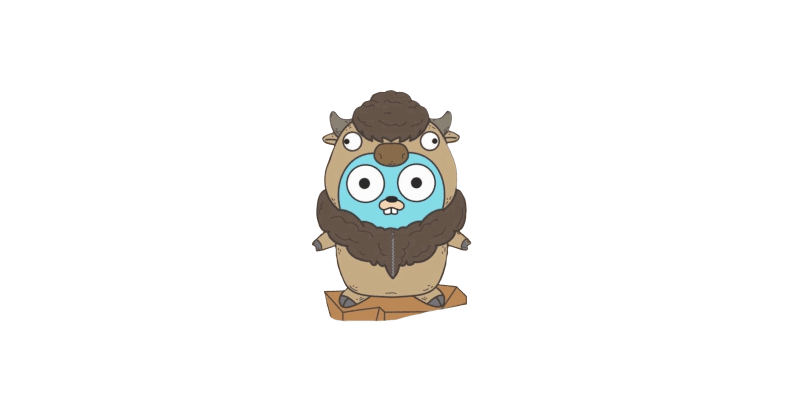
Buffalo takes a different approach to full-stack development. While other frameworks focus on flexibility, Buffalo makes opinionated choices that dramatically speed up development.
Best For:
- Startups needing to move fast
- Teams that value convention over configuration
- Projects that need integrated asset pipelines
Why It's Underrated: Buffalo's development speed advantage becomes apparent in months 3-6 of a project, when other "flexible" frameworks often lead to maintenance headaches.
Microservices and API-Focused Frameworks
Echo: The Goldilocks Framework
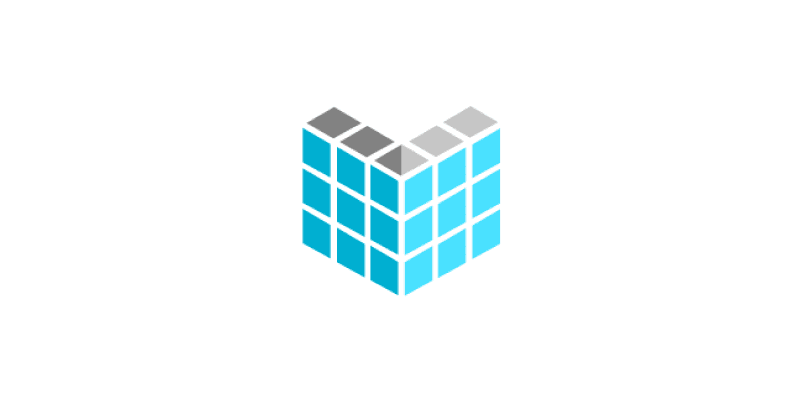
Echo hits a sweet spot between features and simplicity that makes it particularly well-suited for microservices.
Its context management and middleware system are more intuitive than most alternatives.
Best For:
- Microservices architectures
- RESTful API development
- Teams that need a balance between structure and flexibility
Real-world Insight:
Echo's error-handling patterns make it easier to maintain consistent error responses across multiple microservices – a crucial feature that's often overlooked.
Chi: The Minimalist's Dream
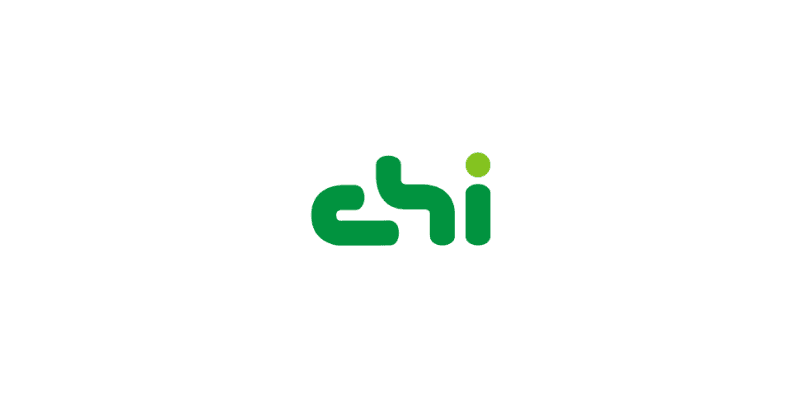
Chi's popularity has grown significantly, especially among Go purists. Its router is extremely powerful while remaining simple and idiomatic.
Best For:
- Teams that prefer vanilla Go
- Projects that need flexible routing
- Applications requiring clean, maintainable code
The Underappreciated Aspect:
Chi's middleware design makes it exceptionally easy to write testable code, more so than other minimalist frameworks.
Specialized Solutions
Iris: The Feature-Rich Contender
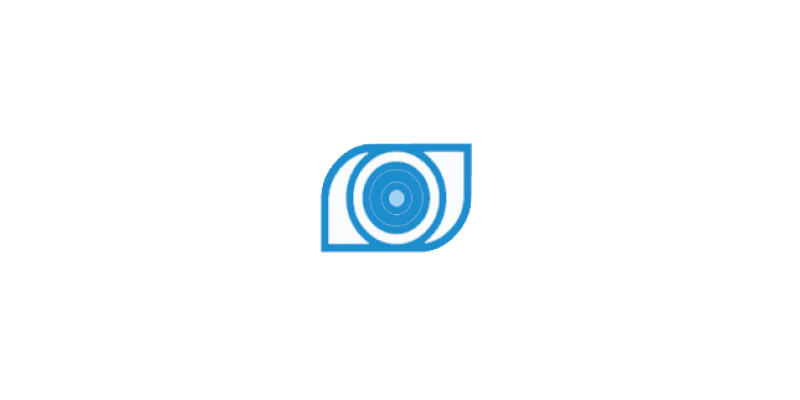
Iris is often overlooked in framework discussions, but it offers some unique capabilities, particularly in its view engine and WebSocket support.
Best For:
- Real-time applications
- Projects needing advanced view templating
- Applications requiring extensive WebSocket functionality
Why It Deserves Attention:
Iris's websocket implementation is more feature-complete than most alternatives, making it ideal for chat applications and real-time dashboards.
Go Kit: Beyond Traditional Frameworks
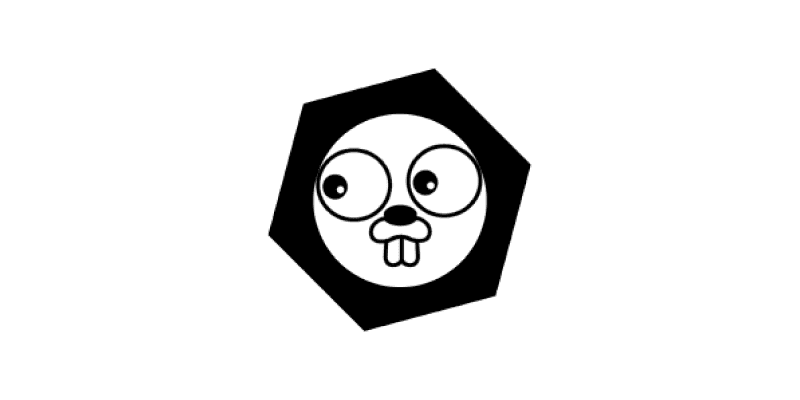
Go Kit isn't a traditional web framework, but it's crucial to mention because it solves problems that other frameworks don't address.
Best For:
- Building distributed systems
- Teams focusing on microservices architecture
- Projects requiring sophisticated monitoring and tracking
The Missing Context:
Go Kit shines in organizations transitioning from monoliths to microservices, providing patterns that make the transition smoother.
Revel: The Convention-Driven Framework
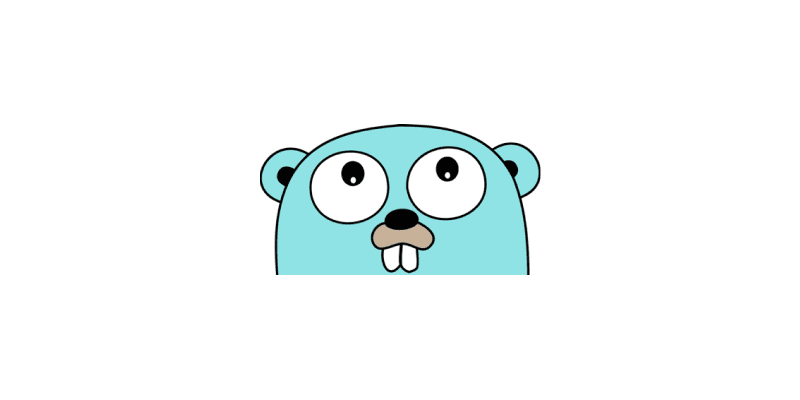
Revel takes a unique approach by enforcing strong conventions and providing a robust set of built-in features.
While some consider it opinionated, these opinions often lead to more maintainable codebases in the long run.
Best For:
- Teams that value structure and conventions
- Projects requiring built-in hot reloading
- Applications needing integrated testing support
- Teams transitioning from Rails or similar frameworks
Real-world Example:
An education technology company uses Revel for its learning management system, where its strong conventions help maintain consistency across a platform serving millions of students.
Gorilla: The Toolkit Approach
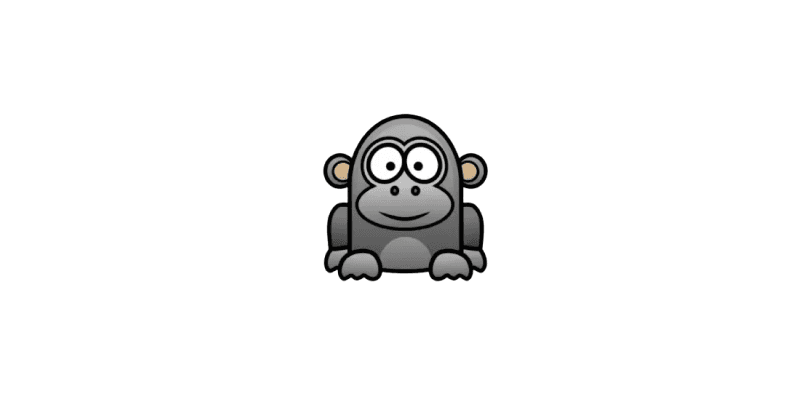
Gorilla takes a unique position in the Go ecosystem. Rather than providing a monolithic framework, it offers a collection of powerful, independent packages that can be used together or separately.
Best For:
- Teams that need specific components rather than a full framework
- Projects requiring best-in-class session handling
- Applications with complex routing needs
- Developers who prefer composing their own stack
Real-world Example:
A major social media platform uses Gorilla's Websocket package in combination with their custom framework for handling millions of concurrent WebSocket connections.
Making the Right Choice: A Decision Framework
Team Background
- Coming from Node.js? Consider Fiber
- Extensive Go experience? Chi might be your best bet
- Enterprise Java background? Beego will feel familiar
Project Timeline
- Need to move fast? Buffalo
- Long-term maintenance? Echo or Gin
- Gradual scaling? Start with Chi and grow
Scalability Requirements
- Horizontal scaling: Gin or Echo
- Vertical scaling: Fiber
- Team scaling: Beego or Buffalo
The Future of Go Web Frameworks
The Go framework ecosystem is moving towards specialized tools rather than one-size-fits-all solutions.
This trend will likely continue, with frameworks becoming more focused on specific use cases rather than trying to be everything for everyone.
Conclusion
The "best" Go web framework doesn't exist – but the best framework for your specific needs does.
By understanding the real-world strengths and trade-offs of each option, you can make an informed decision that serves your project's long-term success.
Remember: The framework you choose is a long-term commitment.
Take time to understand your team's capabilities, your project's requirements, and your organization's constraints before making a decision.